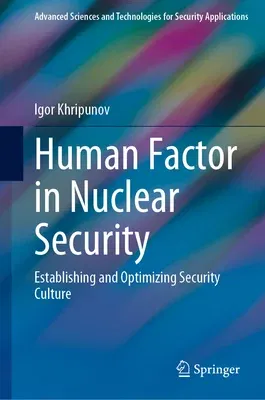Igor Khripunov
(Author)Human Factor in Nuclear Security: Establishing and Optimizing Security Culture (2023)Hardcover - 2023, 21 February 2023

Qty
1
Turbo
Ships in 2 - 3 days
In Stock
Free Delivery
Cash on Delivery
15 Days
Free Returns
Secure Checkout

Part of Series
Advanced Sciences and Technologies for Security Applications
Print Length
192 pages
Language
English
Publisher
Springer
Date Published
21 Feb 2023
ISBN-10
3031202775
ISBN-13
9783031202773
Description
Product Details
Author:
Book Edition:
2023
Book Format:
Hardcover
Country of Origin:
NL
Date Published:
21 February 2023
Dimensions:
23.39 x
15.6 x
1.27 cm
ISBN-10:
3031202775
ISBN-13:
9783031202773
Language:
English
Location:
Cham
Pages:
192
Publisher:
Weight:
476.27 gm